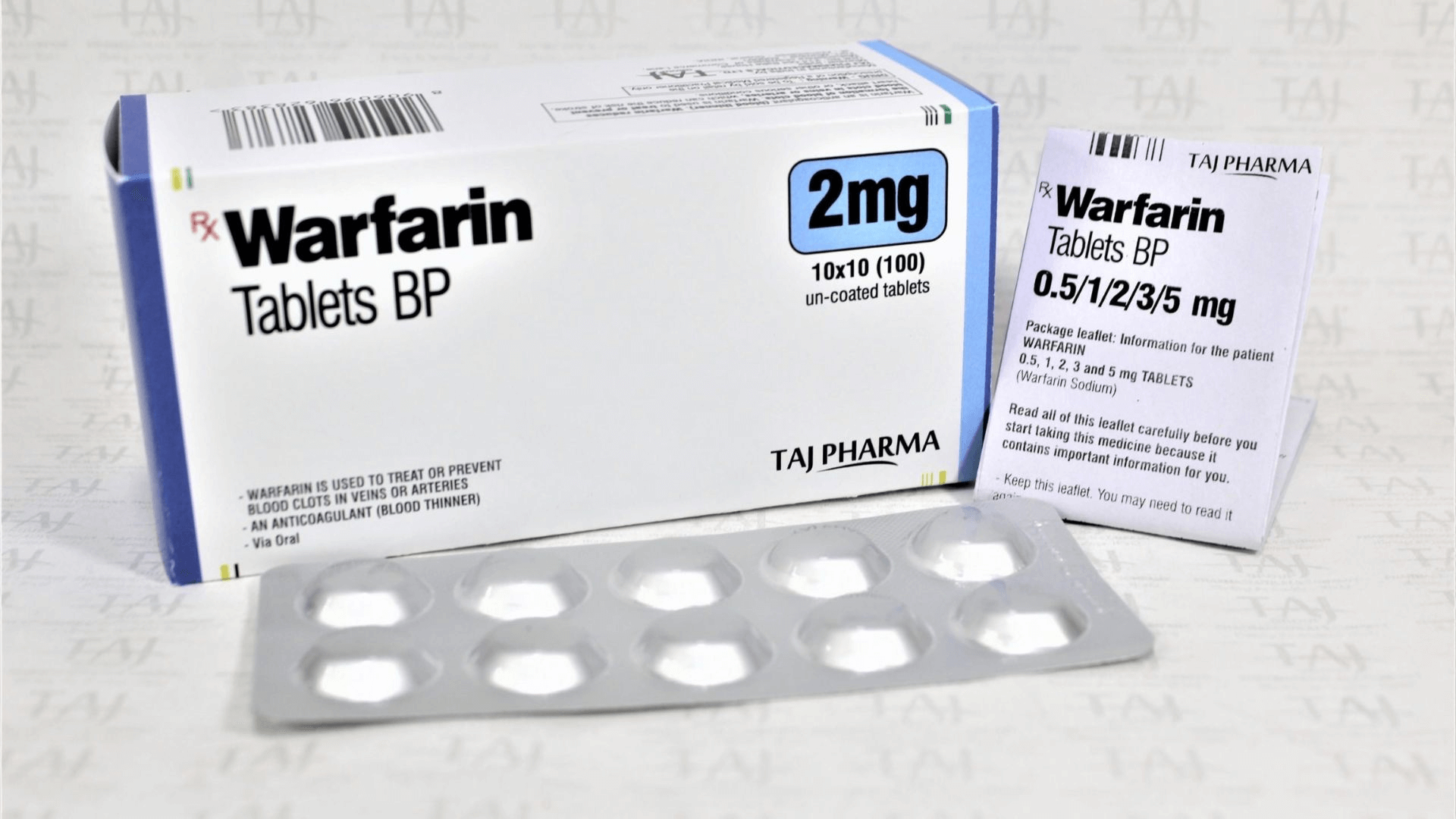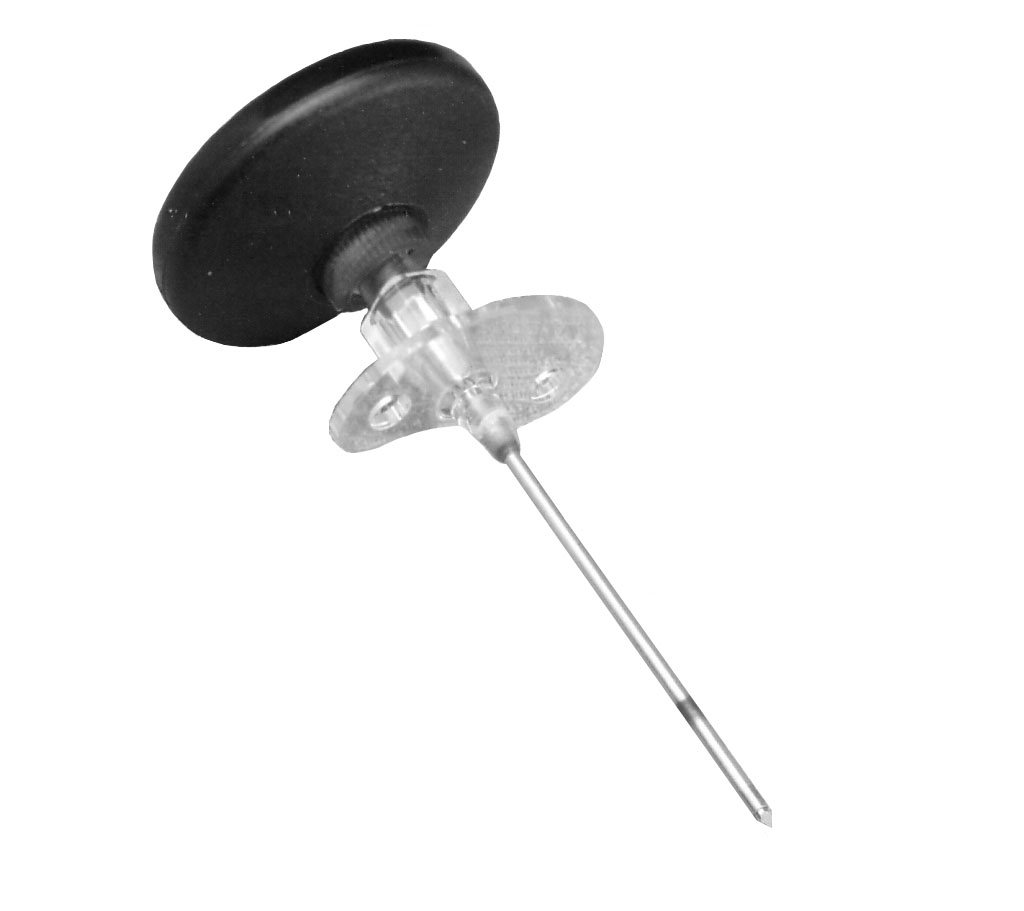What is the most important intervention to prevent the spread of infection in a hospital setting?
A. Proper hand hygiene before and after patient contact.
B. Properly disinfecting all medical equipment after each use.
C. Using personal protective equipment (PPE) when necessary.
D. Ensuring the patient is isolated if contagious.
A. Proper hand hygiene before and after patient contact.
The first nursing theorist is
A. Albert Bandura.
B. Florence Nightingale.
C. Hildegard Peplau.
D. Prof. Dr. Mohd Said Bin Nurumal.
B. Florence Nightingale.
A patient with chest pain and ST elevation is likely experiencing
A. Myocardial Infarction (MI).
B. GERD.
C. Angina.
D. Pneumonia.
A. Myocardial Infarction (MI).
Which route of medication administration has the fastest onset of action?
A. Oral
B. Intramuscular
C. Intravenous
D. Subcutaneous
C. Intravenous
I absorb wound exudate and protect wound bed. What am I?
A.Povidone iodine
B. Paraffin oil film
C. Gauze
D. Opsite dressing
C. Gauze
What is the recommended rate of chest compressions per minute for high-quality adult CPR?
A. 60–80.
B. 80–100.
C. 100–120.
D. 120–140.
C. 100–120.
Which nursing theory focuses on 14 basic human needs to promote patient independence?
A. Orem’s Self-Care Deficit Theory.
B. Watson’s Theory of Caring.
C. Henderson’s Nursing Need Theory.
D. Leininger’s Cultural Care Theory.
C. Henderson’s Nursing Need Theory.
Positive Murphy’s sign indicates
A. Appendicitis.
B. Pancreatitis.
C. Cholecystitis.
D. Hepatitis.
C. Cholecystitis.
The correct way to take the medication is
A. place tablet under tongue.
B. dissolve tablet in water and drink it.
C. chew and swallow tablet immediately.
D. swallow tablet with water.
A. place tablet under tongue.

What is the name of the equipment shown in the image?
A. Magill forceps B. Mouth gag
C. Tongue forceps D. Sponge holder
A. Magill forceps
When performing endotracheal (ETT) suctioning, how long should the suctioning last to prevent hypoxia?
A. 5–10 seconds.
B. 10–15 seconds.
C. 20–30 seconds.
D. 30–60 seconds.
B. 10–15 seconds.
Who developed the Sunrise Model?
A. Dev Nath Kaushal.
B. Madeleine Leininger.
C. Faye Abdellah.
D. Ida Jean Orlando.
B. Madeleine Leininger.
Which of the following blood tests is most indicative of cardiac damage?
A. Lactate dehydrogenase.
B. Complete blood count (CBC).
C. Troponin I.
D. Alanine Transaminase.
C. Troponin I.

Antidote of the above medication is?
A. protamine sulphate B. heparin
C. narcan D. vitamin K
D. vitamin K

What am I?
A. Magill forceps B. Mosquito forceps
C. Artery forceps D. Crocodile forceps
D. Crocodile forceps
What is the primary function of the injection port on an IV cannula?
A. For blood transfusion.
B. To release trapped air from the vein.
C. To administer medications.
D. To hold the stopper.
C. To administer medications.
Who developed the Theory of Human Caring, emphasizing a transpersonal relationship between nurse and patient?
A. Imogene King.
B. Jean Watson.
C. Betty Neuman.
D. Virginia Henderson.
B. Jean Watson.
ECG changes in a patient’s serum K level of 2.0mEq/L is
A. Peak/tall T wave.
B. Prominent U wave.
C. Widened QRS interval.
D. Flat P wave.
B. Prominent U wave.
This drug increases heart rate by
A. blocking dopamine receptors
B. inhibiting beta-adrenergic receptors
C. inhibiting muscarinic receptors
D. stimulating nicotinic receptors
C. inhibiting muscarinic receptors
What am I?
A. Spinal needle.
B. Bone marrow aspiration needle.
C. Intraosseous needle.
D. Thumbtack.
C. Intraosseous needle.
How do you administer IV potassium chloride (KCl)?
A. IV push, undiluted.
B. Peripheral line, diluted.
C. Dilute in 100 ml of water and drink it.
D. Give undiluted via central line.
B. Peripheral line, diluted.
In Betty Neuman’s Systems Model, what is the nurse's primary focus?
A. Preventing stress and maintaining system stability.
B. Promoting independence.
C. Identifying spiritual needs.
D. Establishing caring moments.
A. Preventing stress and maintaining system stability.
Interpret this ABG:
pH: 7.50
PaCO2: 38 mmHg
PaO2: 96 mmHg
HCO3: 30 mEq/L
A. Respiratory acidosis.
B. Metabolic acidosis.
C. Respiratory alkalosis.
D. Metabolic alkalosis.
D. Metabolic alkalosis
A post-operative patient receiving IV morphine has respiratory rate of 6 breathes/minute, the nurse should immediately administer
A. flumazenil
B. atropine
C. naloxone
D. protamine sulfate
C. naloxone

What am I?
A. Foley catheter B. NG tube
C. Stylet D. Bougie
D. Bougie
